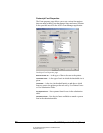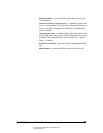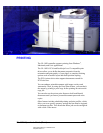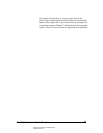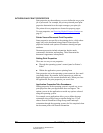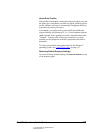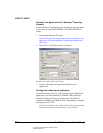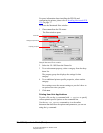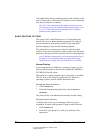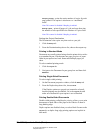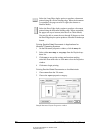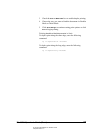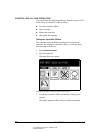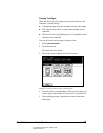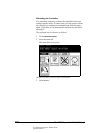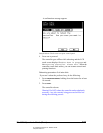
06_PrintProceduresBasic.fm Modified: 8/7/02
Template Version 1.0
94 GL-1020 Operator’s Guide (Basic)
Your application software sends all options to the controller at the
start of a print job so, if the print file contains its own commands,
they may override the
lp options.
Note: This Unix instructions in this chapter describe how to use
Unix printing services for SPARC platforms running Solaris v2.5x,
2.6 or 7.0, or PA-RISC platforms running HP-UX or RS6000
platforms running IBM or Linux.
BASIC PRINTING OPTIONS
The system’s PCL6 and PostScript Level 3-compatible print
drivers allow you to define document properties for each job,
such as orientation, print quality, booklet layout, and multi-
position stapling (if your unit has finishing options).
The printer drivers assume preset values for each document
property. Since most people don’t need to set the more advanced
properties, this topic provides procedures for basic printing tasks.
Note: TOSHIBA recommends you set document properties only if
the function is not available through your application settings.
Application-level settings always override driver-level settings.
Normal Printing
In most applications for Windows
®
operating systems, you can
print an open document to the network-connected TOSHIBA e-
STUDIO550/650/810 copier.
Documents are usually printed as soon as the copier is available.
The Job Type on the Setup tab (applications for Windows
®
operating systems) controls when a document prints.
Setting the Page Orientation
1Click the Setup tab.
2 From the Orientation drop-down box, choose
Portrait or
Landscape.
The print preview icon indicates the currently selected setting.
Setting Collation Options
Collation refers to the way a multi-page, multi-copy job is
assembled. It can be either grouped by page or sorted into sets.
1Click the
Setup tab.
2 From the Copies group box, make your selection. Your
options are:



